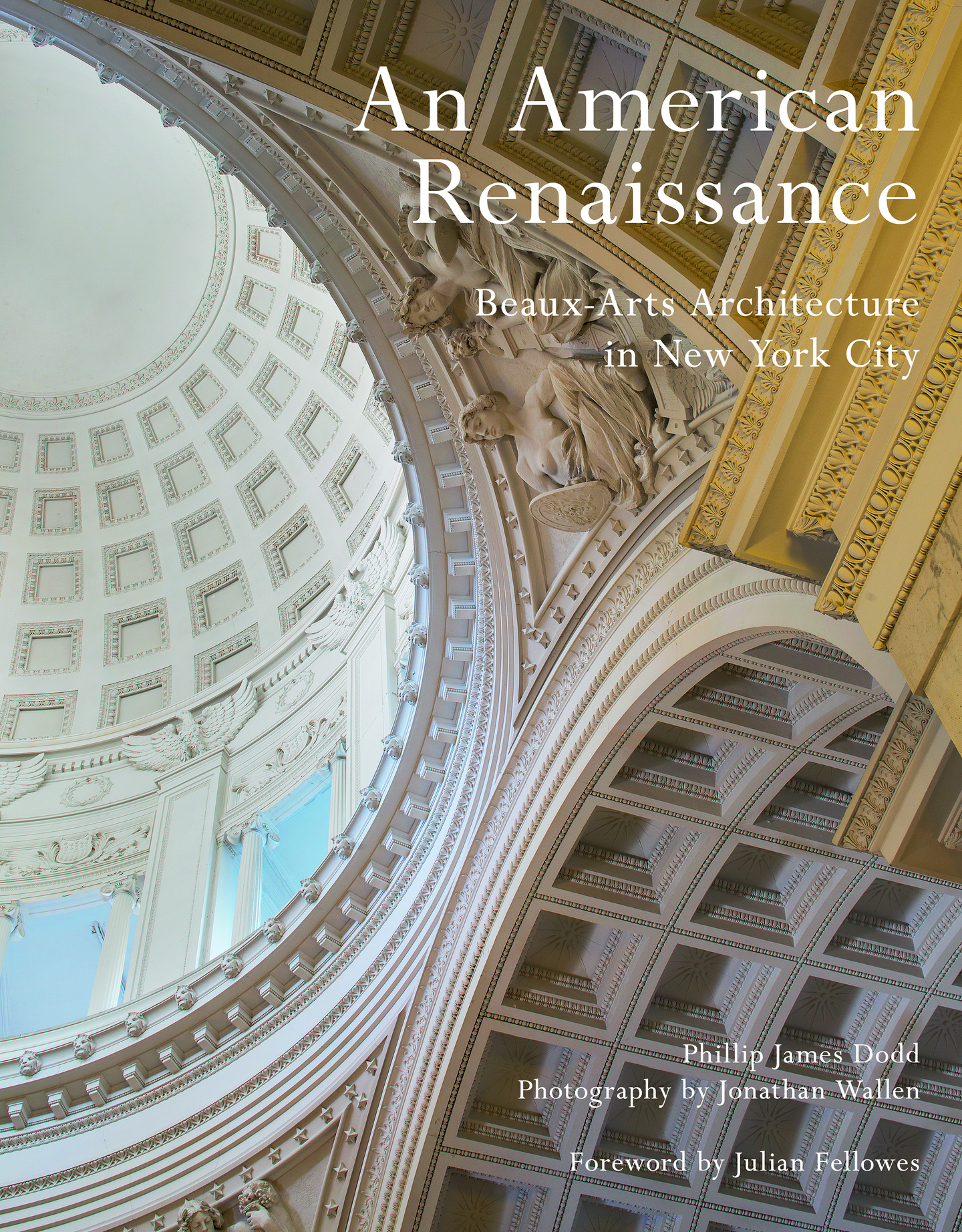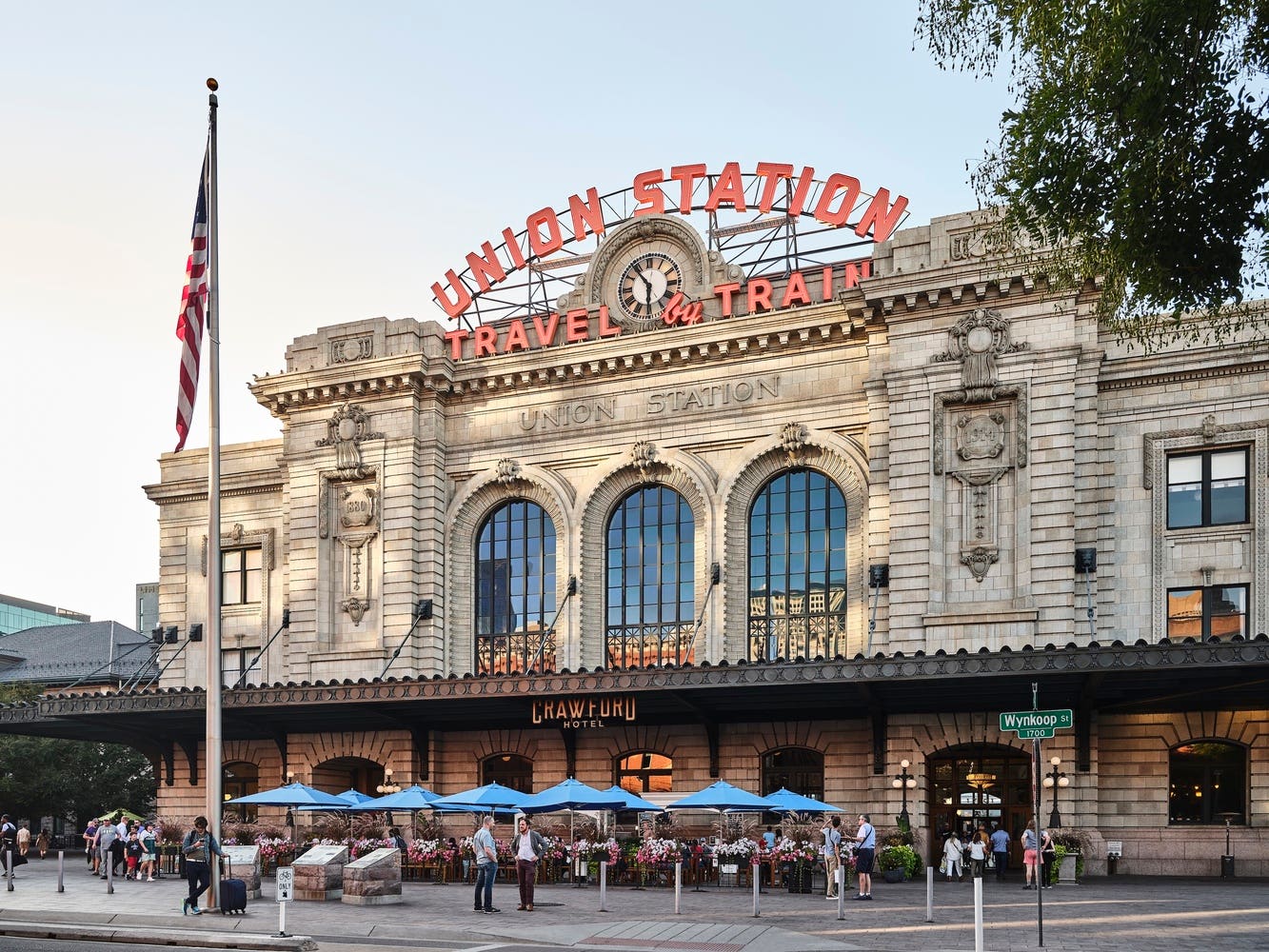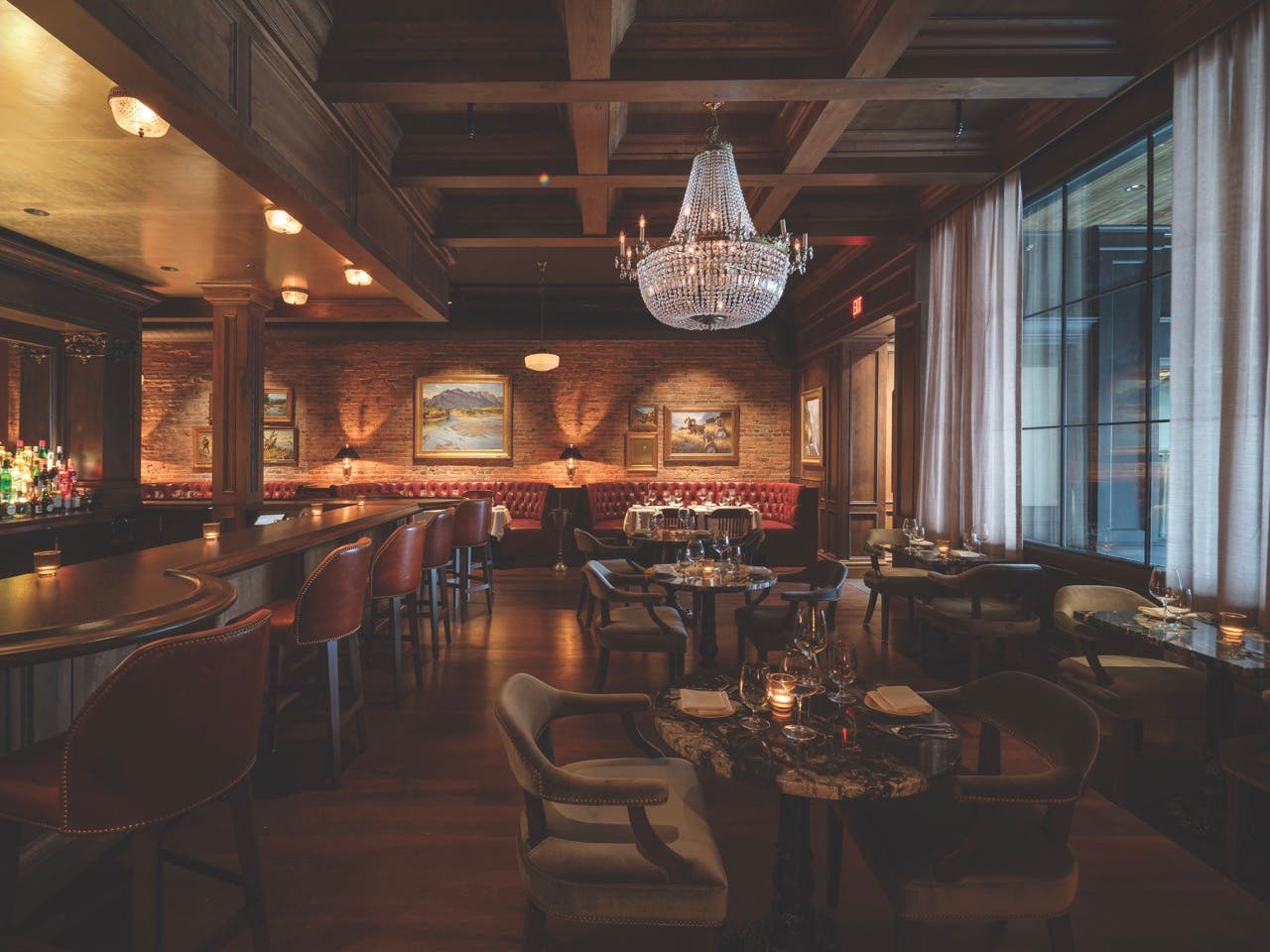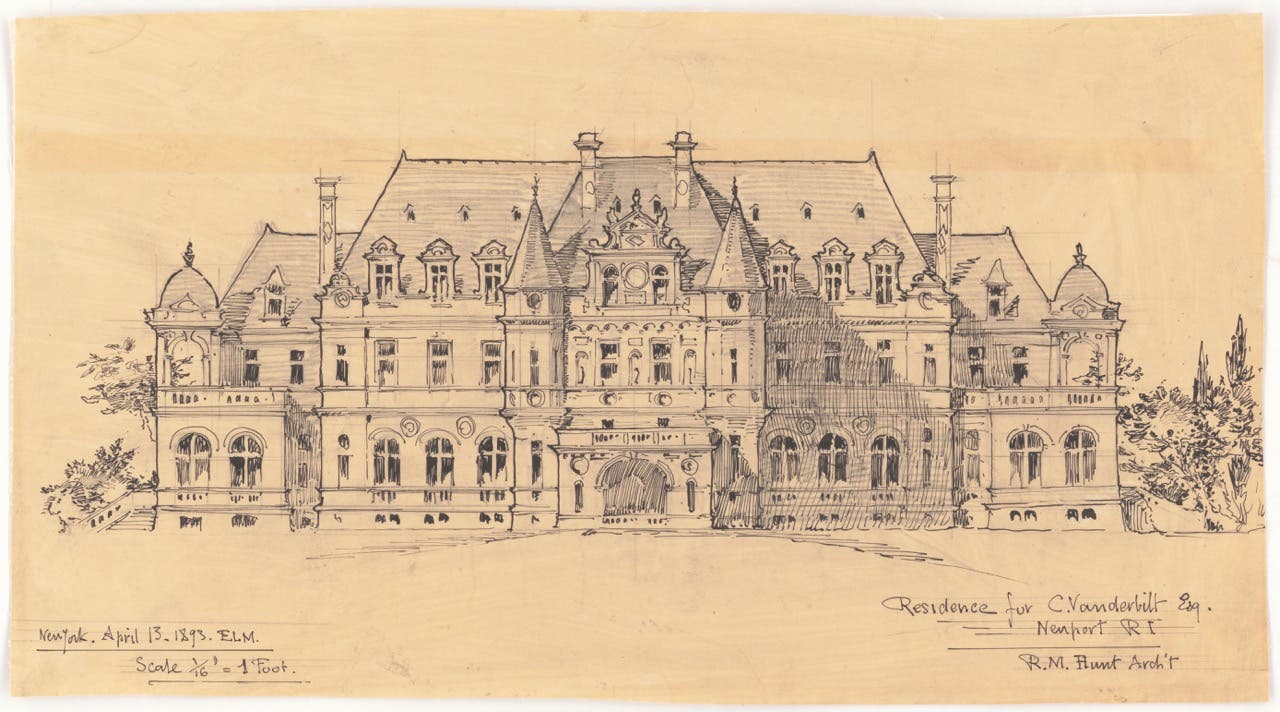
Features
Book Review: An American Renaissance: Beaux-Arts Architecture in New York City
BY PHILLIP JAMES DODD
The Images Publishing Group 2021
412 pages; color
Anyone thinking that “Beaux Arts” is simply a synonym for overwrought mansions and museums, or that king-size architecture books are a thing of the past, will be pleasantly surprised upon cracking the covers of An American Renaissance. The second volume in a series on Classical and traditional architecture, here architect and author Phillip James Dodd takes readers on an erudite and visually jaw-dropping tour of Beaux-Arts architecture through 20 examples in and around New York City, the wellspring of Gilded Age cash and egos that made it all possible.
As architectural historian Richard Guy Wilson explains in his preface, the phrase Beaux Arts— French for fine art—is less a codified style than an umbrella term cooked up in the mid-20th century to corral a wide range of classically inspired buildings. Drawing on historic European models and monuments of the Renaissance and Baroque eras, they trade in a melange of eclectic forms and ornaments once derided as merely derivative, but admired today for what we might even call a tasty gumbo.
Indeed, the buildings in this book are diverse in both type and design. However, what they do have in common is great—often immense—size, scope, and detail driven by even vaster wealth. If you like marble, there’s plenty to love in these buildings, and this book is for you.
The American Renaissance of the title is another broad heading, applied to architecture as early as 1904, and beyond just buildings. In graphic arts, for example, it embraces roughly the same time period—late 1880s up to the 1920s—when perfected lithographic printing ignited an explosion of color illustration. In much the same way, the flourishing of Beaux-Arts architecture was made possible by new building technologies—steam power, iron and steel frame construction, glass—when coupled with the abundant traditional crafts of plasterwork, stone carving, and brick masonry.
As befits a big subject on big buildings, this is a very big book. The moneyed names behind them—Morgan, Frick, Gould, Woolworth, and their ilk—not only built big, they thought big, creating the first trusts, mega corporations, and monopolies in an era unfettered by government regulation. These are buildings built to bowl you over—and not just the general public but their multimillionaire peers. These builders wanted to put America on the world cultural map, thereby fueling the City Beautiful movement and, perhaps, assuaging some guilt over amassing titanic fortunes.
Running from the illustrious to infamous, Dodd hits plenty of the major bases. Of course, there are the “usual suspects” like The Metropolitan Museum of Art, New York Public Library, and Grand Central Terminal. However, it’s equally pleasing to see some often-overlooked architects, such as George B. Post, designer of the Williamsburgh Savings Bank, and Calvert Vaux, Central Park’s co-creator, who updated the eye-popping Samuel Tilden House on Grammercy Park (now the National Arts Club).
Also on the semi-obscure list is Gould Memorial Library, Stanford White’s take on the Pantheon way uptown at Bronx Community College, as renowned today for its lofty Guastavino tile dome as the iconic Hall of Fame. An unlikely, but enticing, entrant is Woodlawn Cemetery, also in the Bronx, home to mausoleums by McKim, Mead & White, Carrère & Hastings, James Renwick, and John Russell Pope (and some of my relatives, who are permanent residents).
Dodd explores not just enlightening architectural details but also the social and economic milieu that engendered it. The backbone of the book, however, is the lavish photos by Jonathan Wallen, who clearly knows his way around historic buildings with a camera and enjoys a page format that does his work justice.
Ultimately, An American Renaissance is not merely about bygone extravagance, but an argument for its appreciation and preservation. We need to experience and value these buildings, not only because they are often so over-the-top but, a century later, still well done, still working, and irreplaceable. For anyone who has yet to travel to New York in our pandemic-curtailed world and see these buildings firsthand, this sumptuous book is the next best thing.
As an Amazon Associate, we earn from qualifying purchases made through affiliate links.
Gordon H. Bock is an architectural historian, instructor with the National Preservation Institute, and speaker through www.gordonbock.com.








